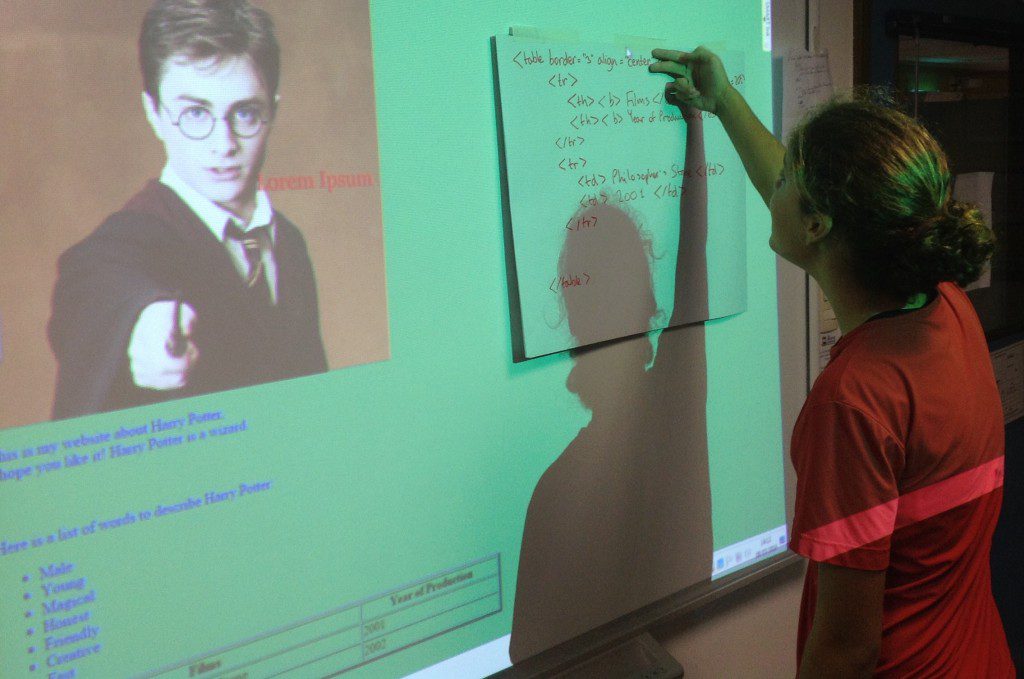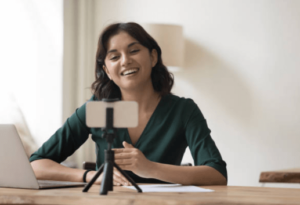Flipped learning is a pedagogical model in which the teacher delivery during in-class time is flipped with the homework elements of a course. As a type of blended learning technique, students can watch relevant videos at home, which have been prepared by the teacher, while using their in-class time to focus on exercises, projects or discussions.
My own transition to a flipped learning classroom has been a gradual, organic process. Although I still believe there is a place for the traditional (“sage-on-the- stage”) teaching approach, I’ve come to recognise the many advantages of a flipped learning model. Sharing relevant tutorial videos with students and colleagues, both from my own YouTube channel and links elsewhere on the Web, enables me to spend more time as a facilitator of learning. This simply means that learners spend less time passively listening at the beginning of the lesson and more time engaged in activities to develop their skills. By doing away with the traditional classroom, which is very teacher centred, it also means that I have extra time to provide valuable one-on-one assistance to students who need it the most.
According to Eric Sheninger (2016), author of Uncommon Learning, there are two main components associated with the flipped learning approach:
1. Students watch lectures and consume other forms of content outside of school at their own pace whilst communicating with peers and teachers using online learning tools. In my opinion, this point about students working at their own pace cannot be understated. The ability for students to pause, rewind and fast-forward a tutorial video means that they are in a much better situation to assimilate new learning.
2. Students apply what they have learnt during in class time with assistance from the teacher. As there is more time freed up during the lesson itself, there are more opportunities for small-group work and one-to-one contact with lower-performing students.
In order to make the lesson time itself more engaging while integrating formative assessment, there are many web-based tools that can complement the students’ main in class activities:
– Plickers
– Kahoot
In addition, there are also some fantastic tools out there for students themselves to become authors, teachers and collaborators, working together to teach content to each other. Some of the best of these tools include:
– Quizlet
As well as giving my students opportunities to use these tools, I have used each one of these applications myself as a medium in which to share information with students for them to learn at their own pace. As Sheninher himself states though, ‘pedagogy always trumps technology’. For digital learning to be implemented effectively, we should focus on pedagogy first and technology second. When integrating technology, we need to remember that it is less about the tool and more about what students can do with the tools handed to them.
That being said, with all these web-based tools and other digital applications available, it makes sense that a Bring Your Own Device (BYOD) or 1:1 technology initiative can radically enhance the flipped learning model. By providing students with access to their own device, it can bring out the best of what flipped learning has to offer. According to Sheninger (2016, pp. 117),
The flipped classroom is an excellent first step in making students’ in-class experiences more active, more student centred, and more meaningful. Combining the best aspects of the flipped classroom with the power of 1:1 technology would allow for an even more radical reshaping of the classroom. School should become a place where students can learn at their own individual paces, become active creators instead of solely passive content recipients, and learn in an environment that they “own”, which adjusts rapidly to meet their learning needs and interests.




